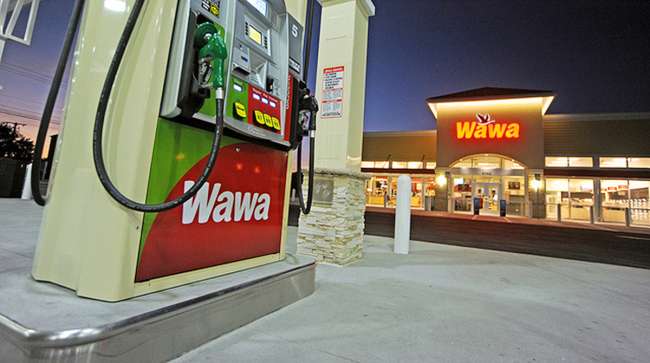Staff Reporter
Average Price of Diesel Drops 4¢ to $3.121 a Gallon

The U.S. average retail price of diesel dropped 4 cents to $3.121 a gallon, the U.S. Energy Information Administration reported Dec. 17, as crude oil prices dropped below $50 per barrel.
The drop in diesel marked the ninth consecutive weekly decline in the cost of trucking’s main fuel. The price has fallen 27.3 cents during that period.
RELATED: 2018 diesel prices stay consistent around $3 a gallon
Yet diesel costs 22 cents a gallon more than it did a year ago, when the price was $2.901, EIA reported.
Average diesel prices fell in all regions of the country, led by the Rocky Mountain region, where per-gallon costs dropped 6.1 cents to $3.178.
The smallest drop was 1.9 cents a gallon in the New England region.
Gasoline fell 5.2 cents to $2.369 per gallon. The sharpest regional drop was in the Rocky Mountain region, where prices fell by 8 cents, according to EIA. The national average price is 8.1 cents lower than one year ago.
As doubts about the national economy increase, traders have pushed oil below the $50 mark. On Dec. 19, after hitting a price as low as $46, West Texas Intermediate oil was trading above $47 on the New York Mercantile Exchange.
That means lower diesel prices, for now. In the short run, some analysts do not see a hefty surprise at the pump.
“I don’t necessarily see a rally in diesel prices” Jim Koller, purchasing manager for commodities for Navistar Inc., told Transport Topics.
Even with crude short-selling dragging the global benchmark of brent below $57 a barrel Dec. 19, Saudi Arabia’s government remains optimistic about a rebound, making a bullish call on oil in its 2019 budget announced Dec. 18, Bloomberg News reported. Saudi Arabian officials have been predicting 2019 will see “balance” in oil supply, likely meaning production will fall, prices will go up, and demand and inventories will remain steady.
Yet oil declined 33% so far in the fourth quarter of 2018 and continued to slide after the Organization of Petroleum Exporting Countries and its partners surprised traders with the size of the supply reduction announced Dec. 7, according to Bloomberg.
Koller told TT that despite concern about planned 2019 production cuts by OPEC and Russia, U.S. oil production usually has responded to make up gaps in world production by tapping American shale fields.
If anything sends diesel prices a bit higher in the next few months, Koller said, it would be a cold snap, since more use of home heating oil would put pressure on diesel production and inventories.
Still, economic jitters and surging supplies from the United States to Russia hit oil trading, with crude suffering its biggest decline in more than three weeks. Oil prices are on track for their worst quarterly loss since the start of the last oil market crash in late 2014, Bloomberg reported.
The three main issues that seem to have investors nervous are interest rates, U.S. trade with China and concerns surrounding a government shutdown, according to Phil Flynn, an analyst for the Price Futures Group of Chicago.
On Dec. 19, the Federal Reserve raised interest rates, sending markets lower. But oil traded up a bit, after reports that demand was steady.
Flynn told TT that recent reports on demand and inventory show oil is undervalued, and fears of a major economic slowdown are overstated.
“The picture is not that bad,” Flynn said. “They should feel confident about the economy.”
Flynn said distillate inventories used for diesel are lower than the five-year average, which means diesel supplies could be pinched in 2019.
But a U.S. government report Dec. 17 forecast shale-oil production would surge, adding to worries about a glut, according to Bloomberg.
Kollar told TT that he does not believe diesel prices will go much higher than the $3 range in 2019.
Fleet owners still are taking precautions and maintaining fuel-economy policies.
Don Hayden is president of M&M Cartage Inc., a Louisville, Ky., company that hauls general freight and automotive materials.
Hayden has 290 trucks, and about one-third run on natural gas. When oil is as low as $50 per barrel, using compressed natural gas is not as attractive to the general market, Hayden told TT.
But his company does not seek out brokers to lock in wholesale prices, as some fleets do, Hayden said.
On fuel economy, Hayden said one company policy for the diesel users is to set the trucks at 66 mph.
“We’ve had speed limits on our trucks for quite some time,” Hayden said. “The less fuel we consume, the better off we are.”




